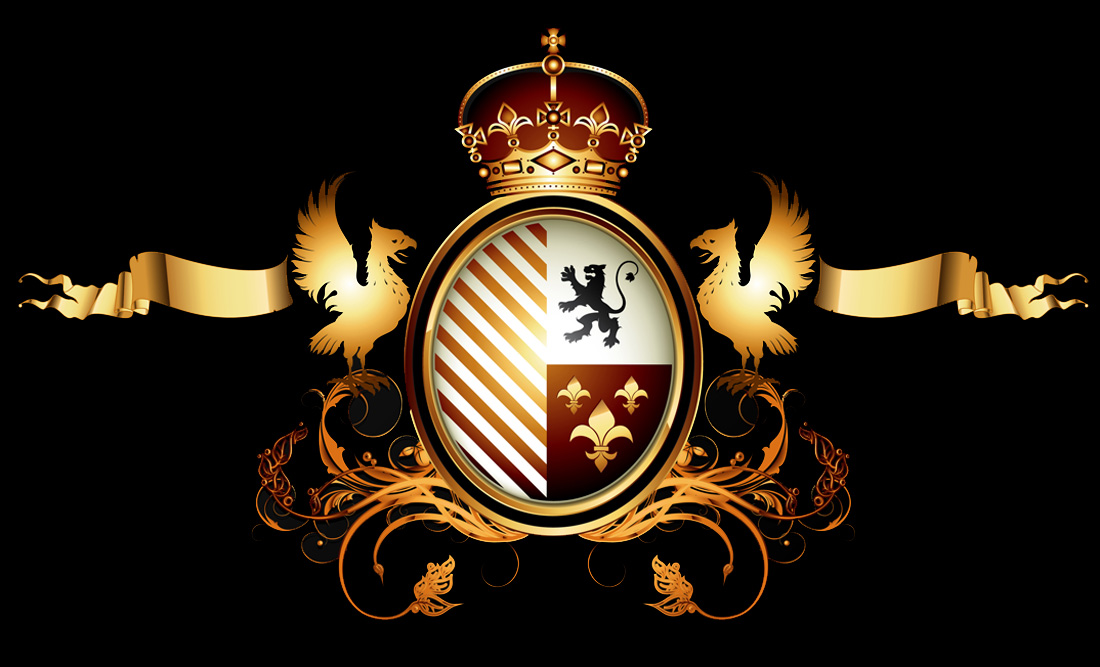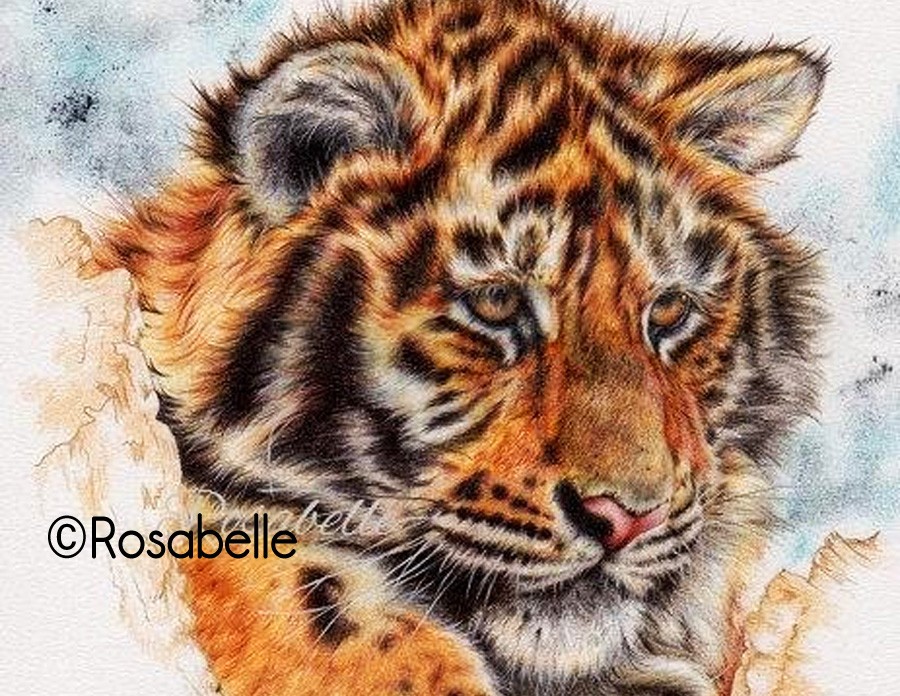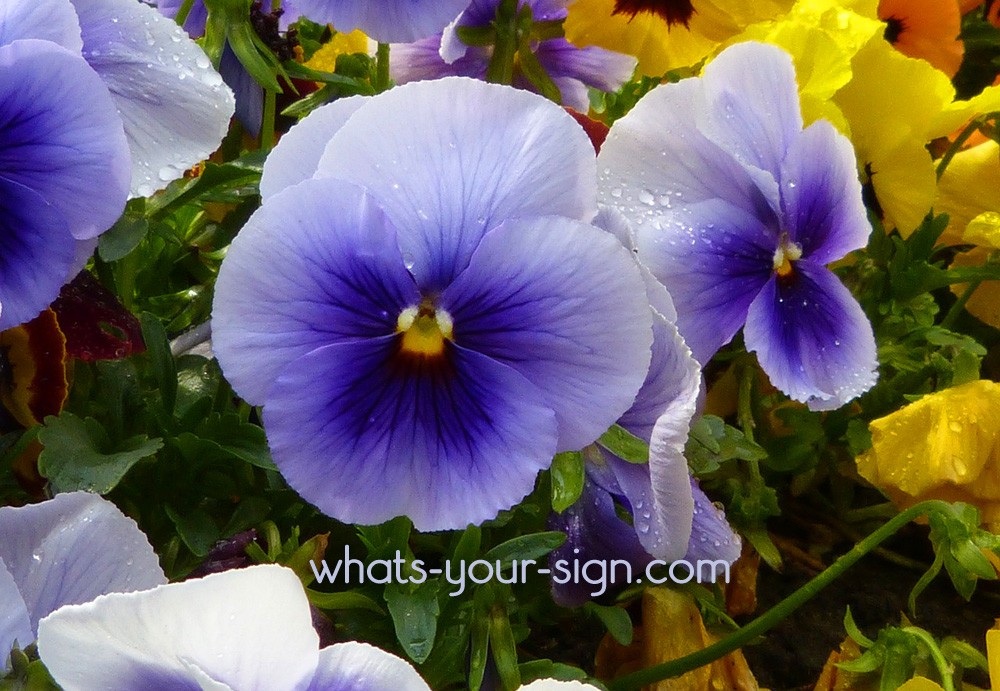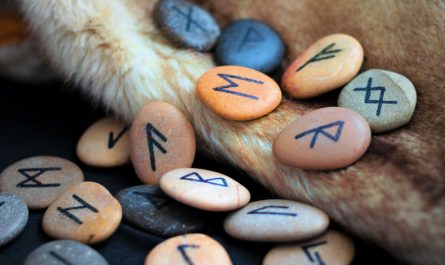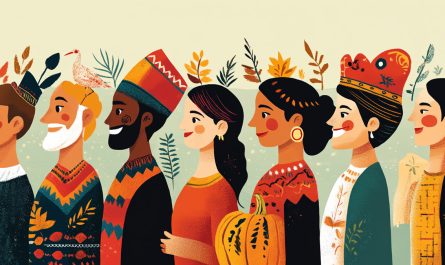Last Updated on November 12, 2022 by Avia
Heraldry symbols are artistic expressions that date back to biblical times but became more popular in the early 12th century. They remain prevalent today as displays of pride that identify individuals, groups, and institutions.
These emblems possess unique meanings and pass through generations to honor ancestry and tradition. You often find them on a coat of arms to represent corporate or personal identification.
What about the less common ones? Keep reading to discover six intriguing emblems you won’t find as easily as others.
Table of Contents
What is Heraldic Art?
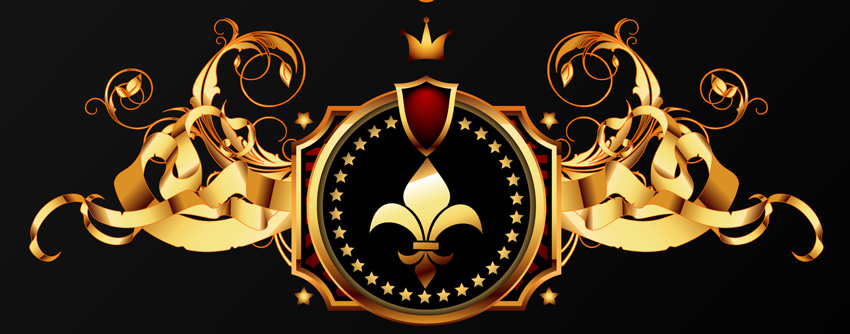
In medieval times, knights going into battle or competing in tournaments wanted a way to identify themselves. The most prominent area to do this was on their helmets, swords, shields, or armor. They painted unique depictions of animals, plants, and patterns. Thus, heraldry symbols were born.
The activity became so popular among knights in various jurisdictions that authorities had to start regulating the arms. The heralds (hence the name) who oversaw the tournaments started governing each symbol, so no two knights had the same one.
Knights (and, over time, lords, kings, institutions, and military soldiers) used heraldic art in various ways. While it was mandatory to decorate battle armor, they would also engrave plates, carve wood, or embroider robes.
A heraldic coat of arms contains different patterns, colors, and shapes, each carrying significance for a specific individual or clan. Bearings started with a simple shield-and-crest design. They later evolved to include motivational phrases or words called “mottoes.”
Certain social classes would also include animal or human figures known as “supporters” on the left and right sides of the shield. The meaning of heraldic symbols differs between individuals and clans, but no one is allowed to change the basic design.
Many coats of arms display animals or plants, and sometimes both. Each symbol has specific meanings; some may be more common than others.
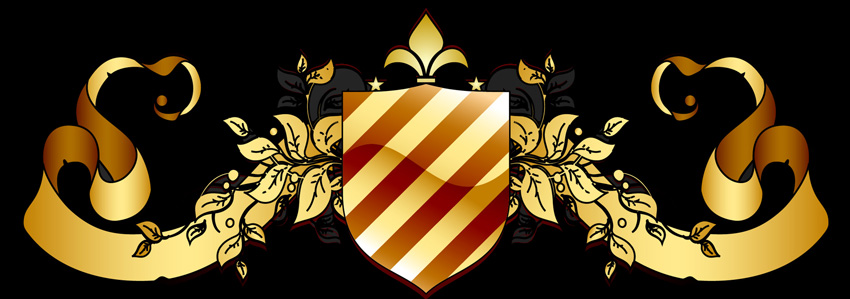
Flowers and Plant Symbols in Heraldic Art
Flowers and plants are synonymous with birth, growth, and new beginnings. They symbolize hope and peace, and in heraldry, artists often stylized with larger leaves for easier identification.
The heraldic language uses specific words to describe plants. For example, “accrued” means full-grown, “blasted” or “starved” means void of leaves, and “jessant” means springing or shooting out.
Hemp
The hemp or weed plant symbol dates back to early European traditions, representing the power of growth. The Japanese Mon emblems often featured stylized versions of it. The Maru-ni-Asanoha family displayed it in a geometric pattern that symbolized vitality and strength.
In early medieval times, people used hemp to produce materials like fabric, rope, and household textiles. They may have cultivated high-yield outdoor seeds to mass-produce reliable items like boat sails and cloth.
Harebell
The harebell (Campanula rotundifolia) is native to North America, Europe, and Asia. Some people confuse it with the English Bluebell, but the true harebell is rare in heraldic symbolism.
You can find the three-pronged blue flower on specific Norwegian and Swedish coats of arms. Some Scottish cantons (charges on shields) also use the symbolism of the flowers to represent purity, unanimity, and simplicity.
Borage
The borage (Borago officinalis) is a gorgeous flower that humans have used for centuries for various purposes. It represents courage, and its use dates back to Roman and Celtic symbols.
Some soldiers and medieval knights donned it on their armor to inspire bravery and fearlessness before going into battle.
Unique Animals and Creatures in Heraldic Art
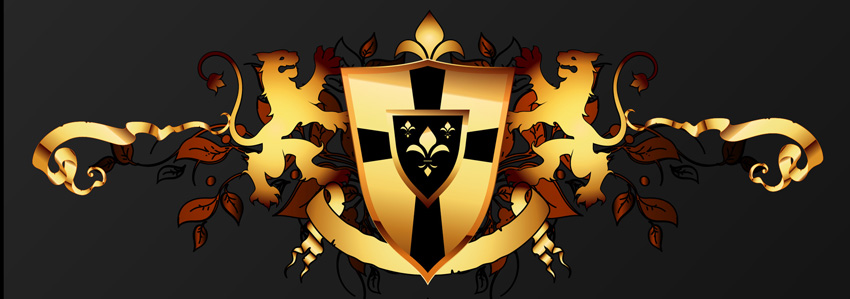
In heraldry, the animal symbolism list represents the characteristics of specific wild beasts that relate to a clan or individual. For example, the symbolic meaning of lions is strength, power, and pride.
Many heraldic artists used animals as the primary charge on a coat of arms. They usually painted them in combat positions, depicted as ferocious and deadly.
Allocamelus
The allocamelus is a mythical creature with a camel’s body and a donkey’s head. The English Eastland Company was the first to use it in their crest, and later the Russia Company did as well. It symbolizes patient perseverance. As a heraldry symbol, the allocamelus may also represent concepts such as devotion, loyalty, determination and strong work ethic.
Amphisbaena
The amphisbaena is a two-headed dragon with bird wings, representing the vision and the unity of two opposing ideas. It can also symbolize new beginnings, survival, and wisdom. In the Aberdeen Bestiary (c. 1200), the artist depicts it with wings and two feet. It has four feet and no wings in the Netherlands Bestiary (c. 1350). Symbolically, the amphisbaena may also represent vision, wisdom, justice, and balance.
Vulture
Knowing what animals represent is vital in understanding the history of heraldic art. For example, some cultures associate the vulture with death, decay, and rapacity (aggressive greed). Others consider it powerful and a promise of higher purpose and reward. In heraldic art, vultures often represent power, resourcefulness, dominion, and protection.
Other Noteworthy & Uncommon Features of Heraldic Art

Aside from the rare plants and animals above, here are some fascinating features of heraldic art you may not know about:
- Animal furs represent dignity; the most common is a weasel.
- The colors on coats of arms are as unique as the symbols. For example, blue means truth and loyalty.
- Different dividing lines, sections, or geometrical figures are known as “ordinaries” and carry unique symbolism.
- The position of the animals on a coat of arms has to be unique as well. If one clan has a lion facing forward, another has to have it facing left or right. Each position means something different
- Some individuals practiced “marshaling” by combining more than one coat of arms to represent multiple heritages or occupations.
Respect, Honor, and Tradition
Heraldry contains generations of stories, worth, and tradition. It’s a fascinating study of representation that stands the test of time, proving that social class existed even in ancient civilizations.
There are hundreds of different symbols in heraldic art. Check them out for an exciting trip down historical and lineage lane. You may even see an emblem you can trace back to your ancestors. Why not wear it proudly to pay your respects?
Mighty brightly,
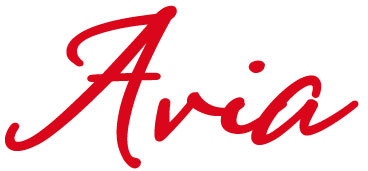
© Copyrighted. All Rights Reserved.
